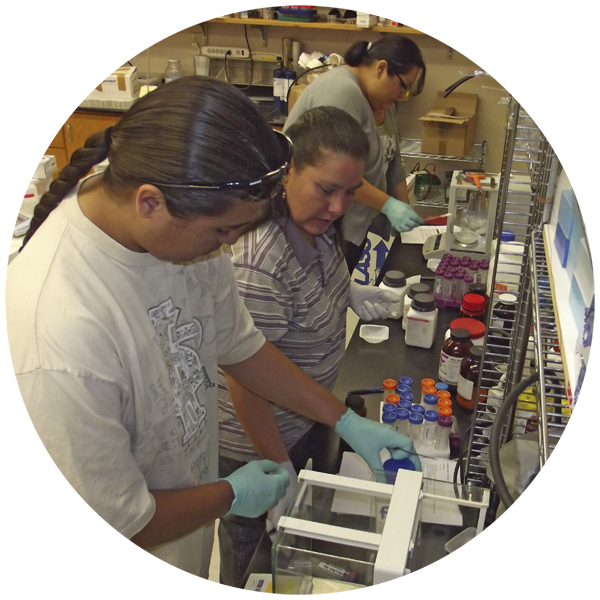Updated Application Information
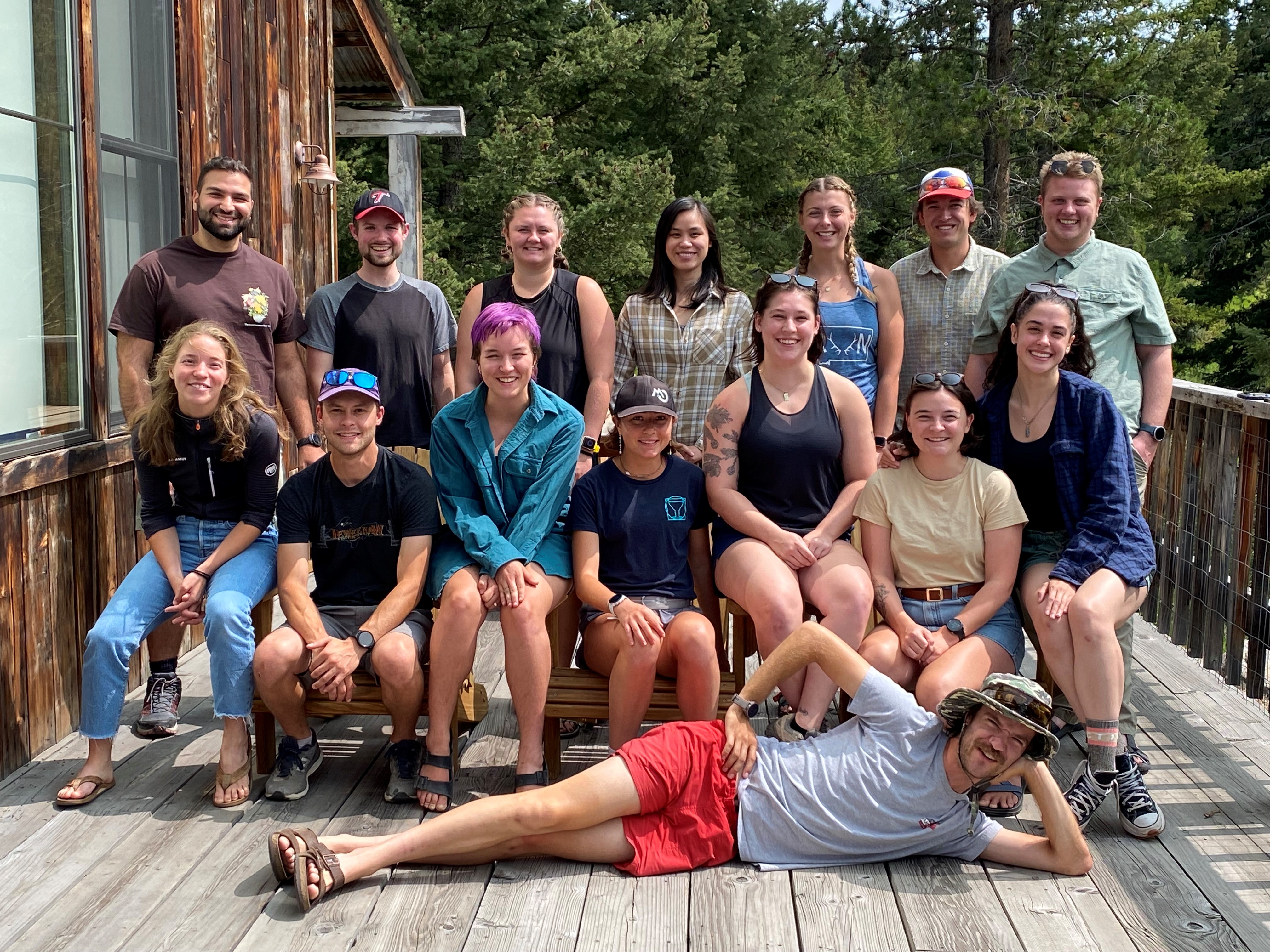
Overview
Extreme Biofilms is an NSF-funded science education program that trains diverse students to effectively engage and understand critical properties of extreme biofilm systems across multiple disciplines, generating new insights that can be used to control biofilms in engineered and natural systems.
Eligibility
While all students with appropriate interests and backgrounds are encouraged to participate
in the Extreme Biofilms NRT program, there are restrictions on eligibility for receiving
a graduate stipend through a Fellowship. Funded recipients must be American citizens
or legal permanent residents. Please note that those with an F-1 visa status are not
eligible for fellowship funding in this program. Note: our NRT program is in its final years of operation, and is no longer accepting
applications.
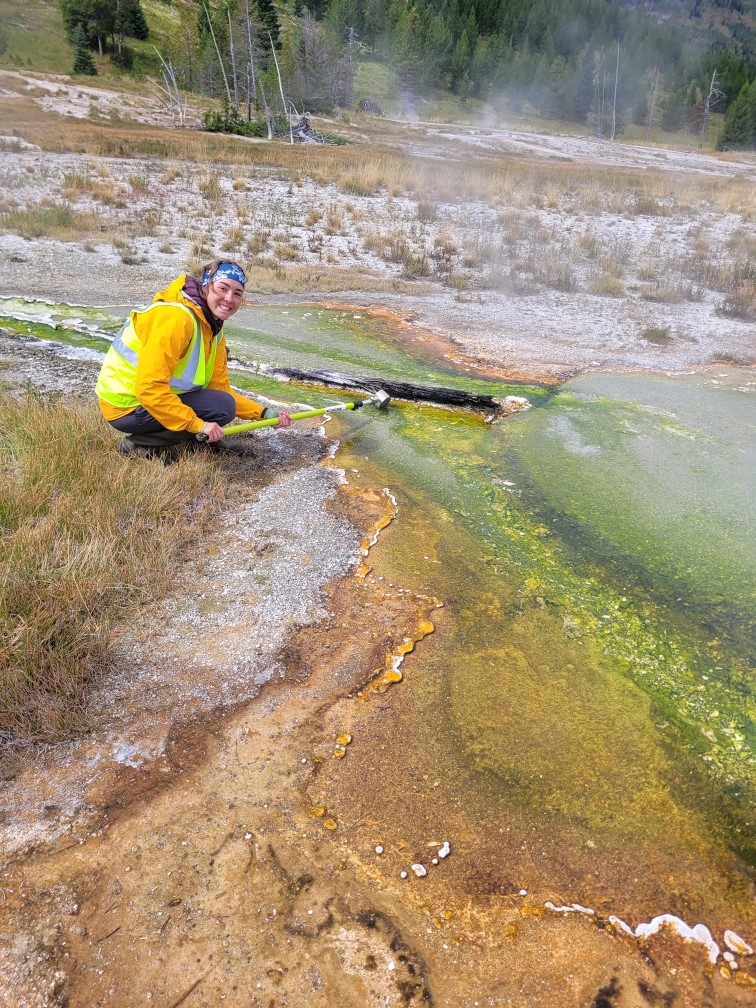 |
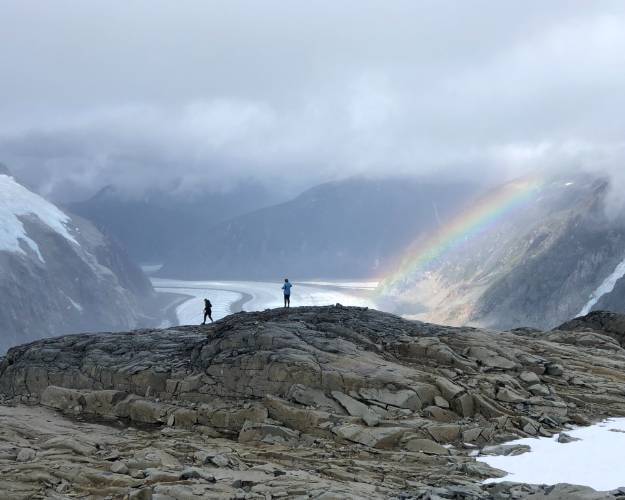 |
Before Applying
Applicants should have sufficient background and interest in engineering, microbiology,
computing, biochemistry, or environmental sciences to successfully participate in
the program requirements. Note: our NRT program is in its final years of operation, and is no longer accepting
applications.
Applicants should discuss current research obligations and home department requirements with their faculty mentor to gauge the impact of the Extreme Biofilms program requirements on time and resources. Students accepted as Fellows must identify and secure the agreement of a faculty mentor to act as their primary advisor. The responsibilities for students receiving fellowship support are as follows:
- Take two required core courses (Foundations in Extreme Biofilms [Spring 2025] and Frontiers in Extreme Biofilms [Fall 2025])
- Participate in professional development workshops
- Participate in monthly NRT student cohort meetings
- Take part in an internship opportunity
- Provide an annual progress report and status update on progress towards degree
- Attend the NRT annual retreat
- Participate in K-12 informal engagement and outreach activities
- Participate in program evaluations
In most cases, Extreme Biofilms stipends in the amount of $34,000 are available for
2 years of a PhD program. Funding in additional years is dependent on availability
from other faculty or departmental resources outside the Extreme Biofilms NRT program. Participants
should discuss this with their faculty mentor and have a clear plan for support throughout
their graduate experience.
Application Requirements
Statement of Purpose:
The 1-page statement of purpose should detail your educational and career goals and how the Extreme Biofilms NRT program (and in particular the required NRT core courses) will fit into your education/career objectives.
Research Interests and Relevant Experience:
Provide a 1-2 page statement of your research interests describing your academic and research background, including your STEM experience, especially your approach to working in teams. As well, our lives have all been enhanced by exposure to diverse people, places, and experiences. Please describe your communication and collaboration style with people who are different from you.
CV or Resume:
Please upload a CV or Resume detailing your academic, professional, leadership and volunteer endeavors.
Unofficial Transcripts:
Please upload your transcripts as a PDF document. Unofficial transcripts are acceptable.
Letters of Recommendation:
1 letter of recommendation specific to the Extreme Biofilms NRT program is required.
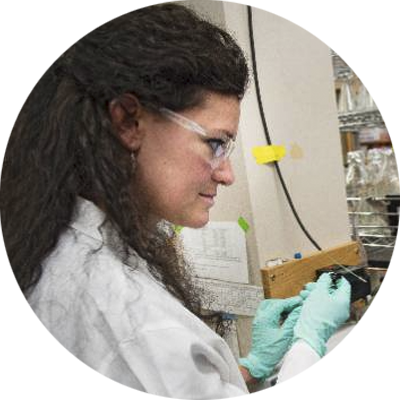 |
|
|
|
|
|
|
||||
National Science Foundation Demographic Data:
To measure whether our NRT is reaching and benefiting everyone, regardless of demographic category, the National Science Foundation (NSF) requests that we collect demographic information. Doing so allows us to identify gaps in our advertising.
Note: our NRT program is in its final years of operation, and is no longer accepting applications.

